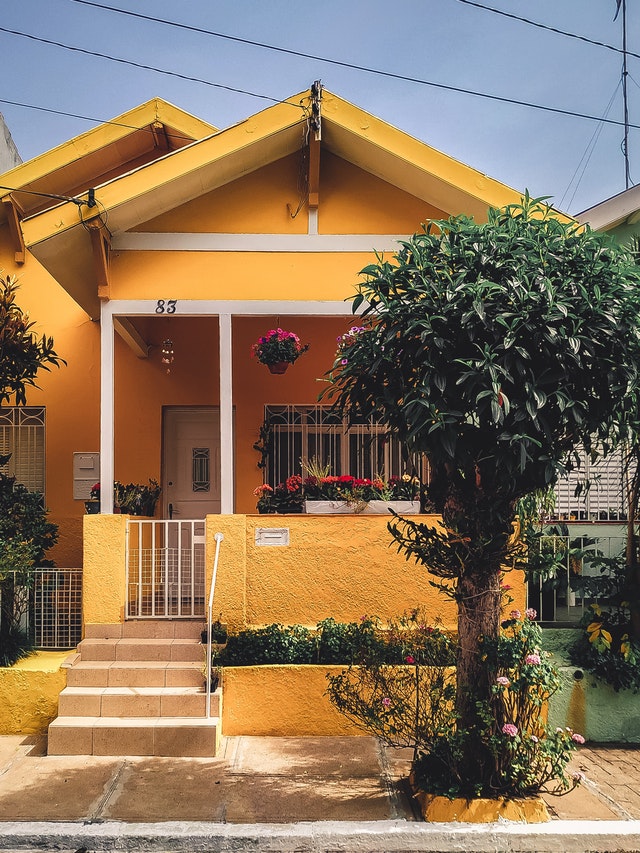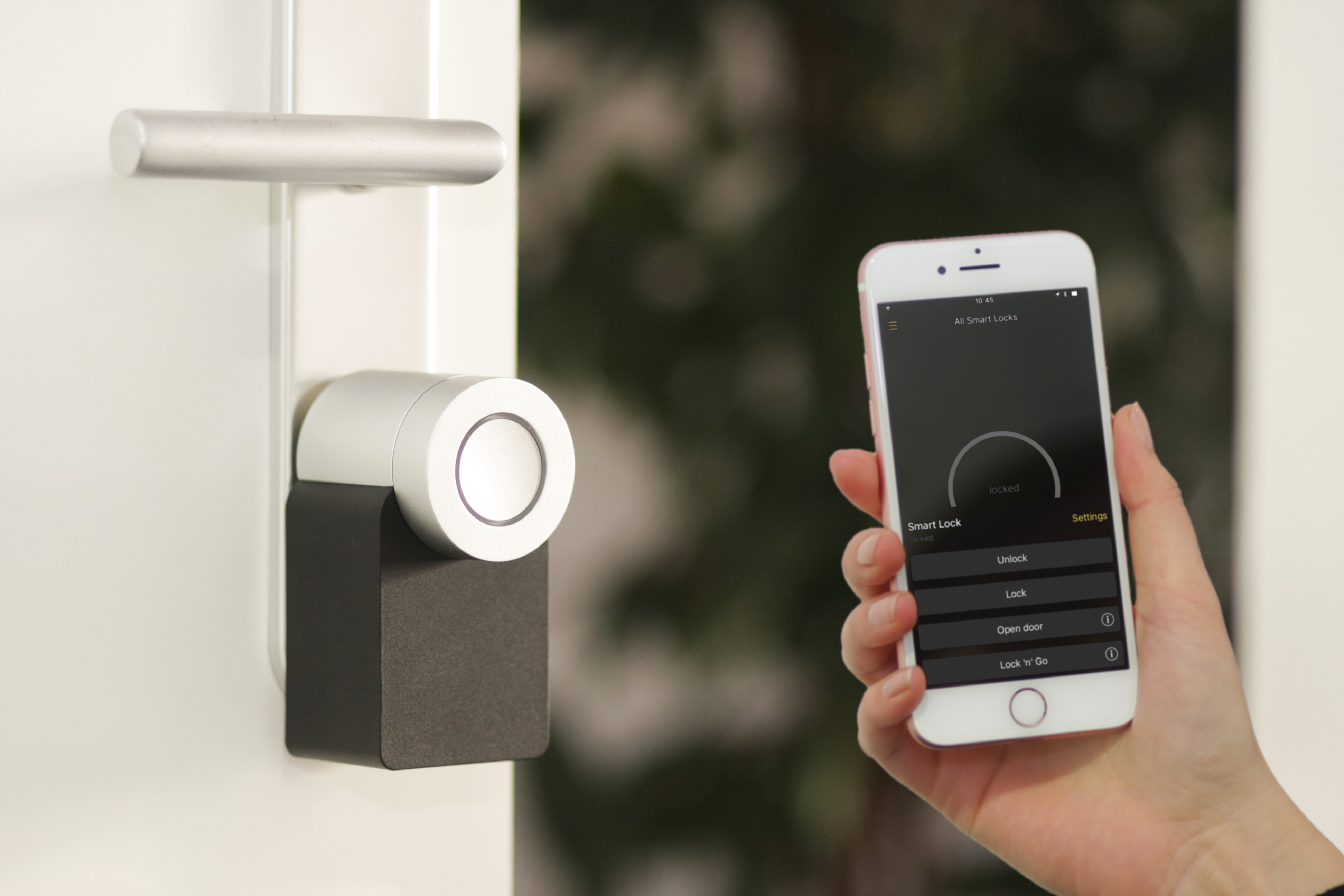What Is Eminent Domain?
 Eminent domain is a law that gives the federal, state, county, and municipal governments in the United States the legal right to “condemn” property and then seize it to allow its use for development. Eminent domain is supposed to be used by the government at the various levels to do things for the public benefit, such as to build new roads or construct new public schools.
Eminent domain is a law that gives the federal, state, county, and municipal governments in the United States the legal right to “condemn” property and then seize it to allow its use for development. Eminent domain is supposed to be used by the government at the various levels to do things for the public benefit, such as to build new roads or construct new public schools.
Compensation Under Eminent Domain Seizure
The government cannot take property without compensating the owner for its market value. Disputes that lead to lawsuits arise when the property owner and the government have a serious disagreement about the value of the property.
Imagine an acre of desert land in Nevada with no water, nothing built on it, and no utilities. The owner would be lucky to get $10,000 for it. Now, imagine it is less than a few miles away and that same amount of land is on the world-famous Las Vegas Strip. Now, it can sell for up to $10 million per acre.
What if the vacant land becomes a part of a new extension of Las Vegas? Is it worth $10,000 or $10 million? This is the type of thing that causes major legal disputes over the property valuations.
Abuse Of Eminent Domain
Eminent domain is supposed to be only used sparingly for the public benefit. Unfortunately, that is not always the case. Developers sometimes use eminent domain laws with the complicit help of government officials to seize all kinds of property that the owners have no intention of ever selling at any price. People may lose their family homes where they lived for generations so that the city can allow a developer to build a parking lot.
To make matters worse, in 2005, the U.S. Supreme Court ruled in a case called Keto v. City of London that the city could seize property on the mere expectation of increased tax revenues for the city or jobs.
This landmark case basically removed any restrictions and expanded the ability of the government to seize property on a mere pretense of having an expectation of revenues. In response to the U.S. Supreme Court ruling, 44 states enacted laws restricting eminent domain seizures in those states.
Summary
When a property owner gets hit with an eminent domain action, it is usually a surprise. The owner should immediately seek out competent legal counsel to help protect their rights and not necessarily let the abusers get away with using eminent domain laws inappropriately. There are non-profit organizations that are legal action groups, such as the Institute for Justice working on these issues that can help as well.
If you are in the market for a new home or interested in refinancing your current property, please contact your trusted home mortgage professional.

 The federal government adopted the Housing and Community Development Act in 1977, and the Community Reinvestment Act (CRA) portion was designed to prompt lending institutions to provide mortgages for low- and moderate-income Americans. The underlying reasoning for the CRA was to discourage discriminatory lending practices that inhibited low-income communities and neighborhoods.
The federal government adopted the Housing and Community Development Act in 1977, and the Community Reinvestment Act (CRA) portion was designed to prompt lending institutions to provide mortgages for low- and moderate-income Americans. The underlying reasoning for the CRA was to discourage discriminatory lending practices that inhibited low-income communities and neighborhoods. For market value and the comfort of a home’s occupants, home security is just as important as energy-efficiency. Innovation in smart home technology focuses on both of these areas.
For market value and the comfort of a home’s occupants, home security is just as important as energy-efficiency. Innovation in smart home technology focuses on both of these areas.